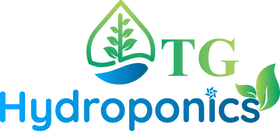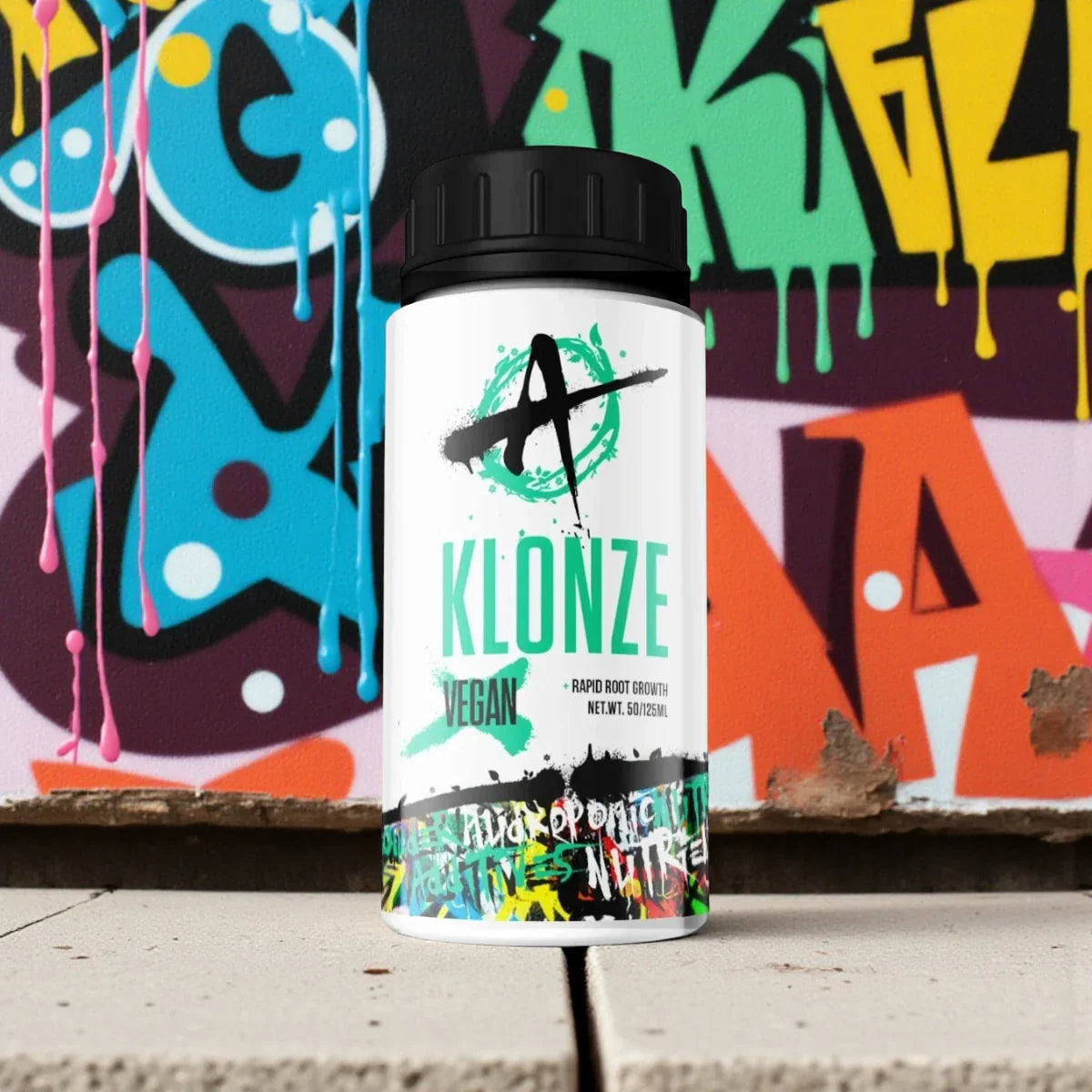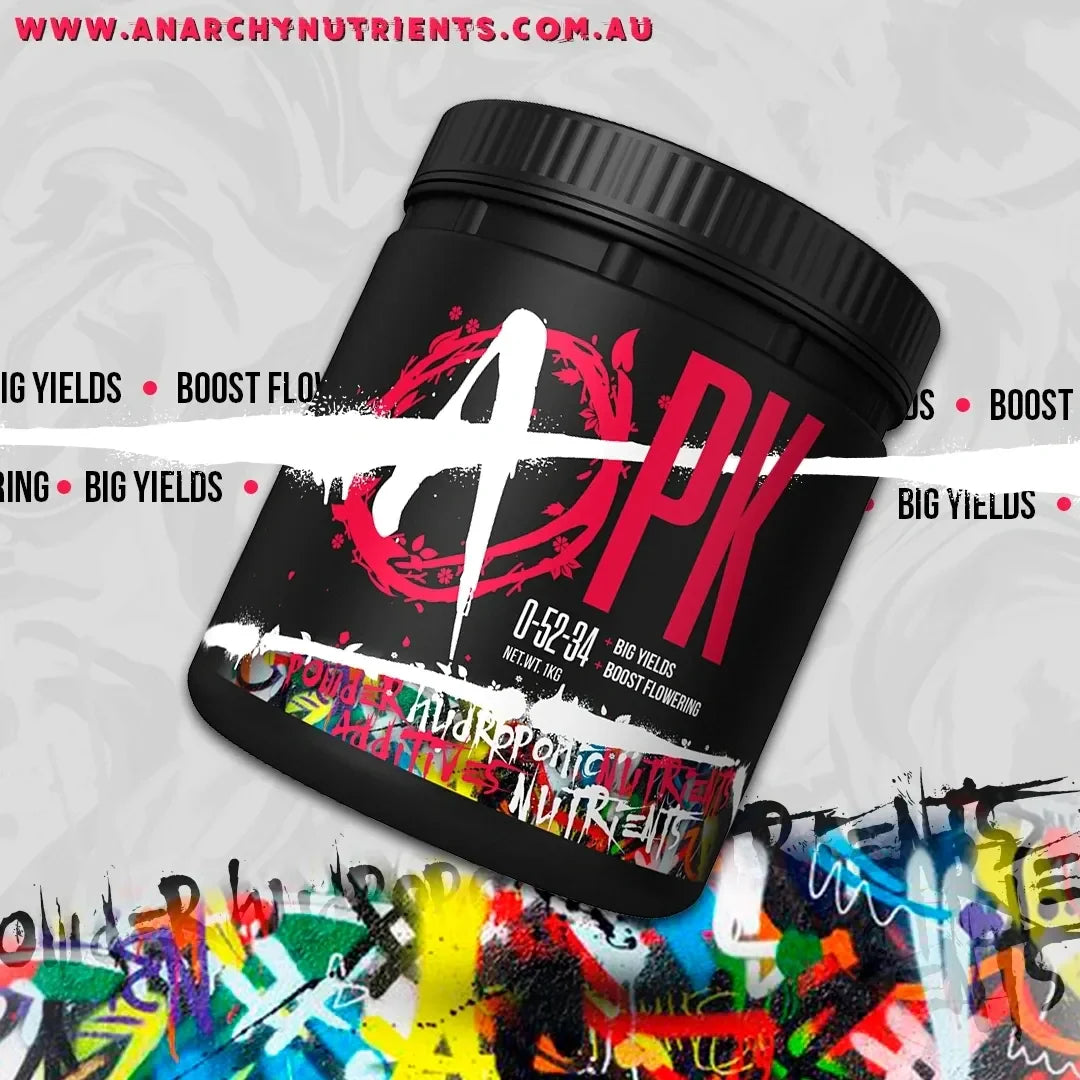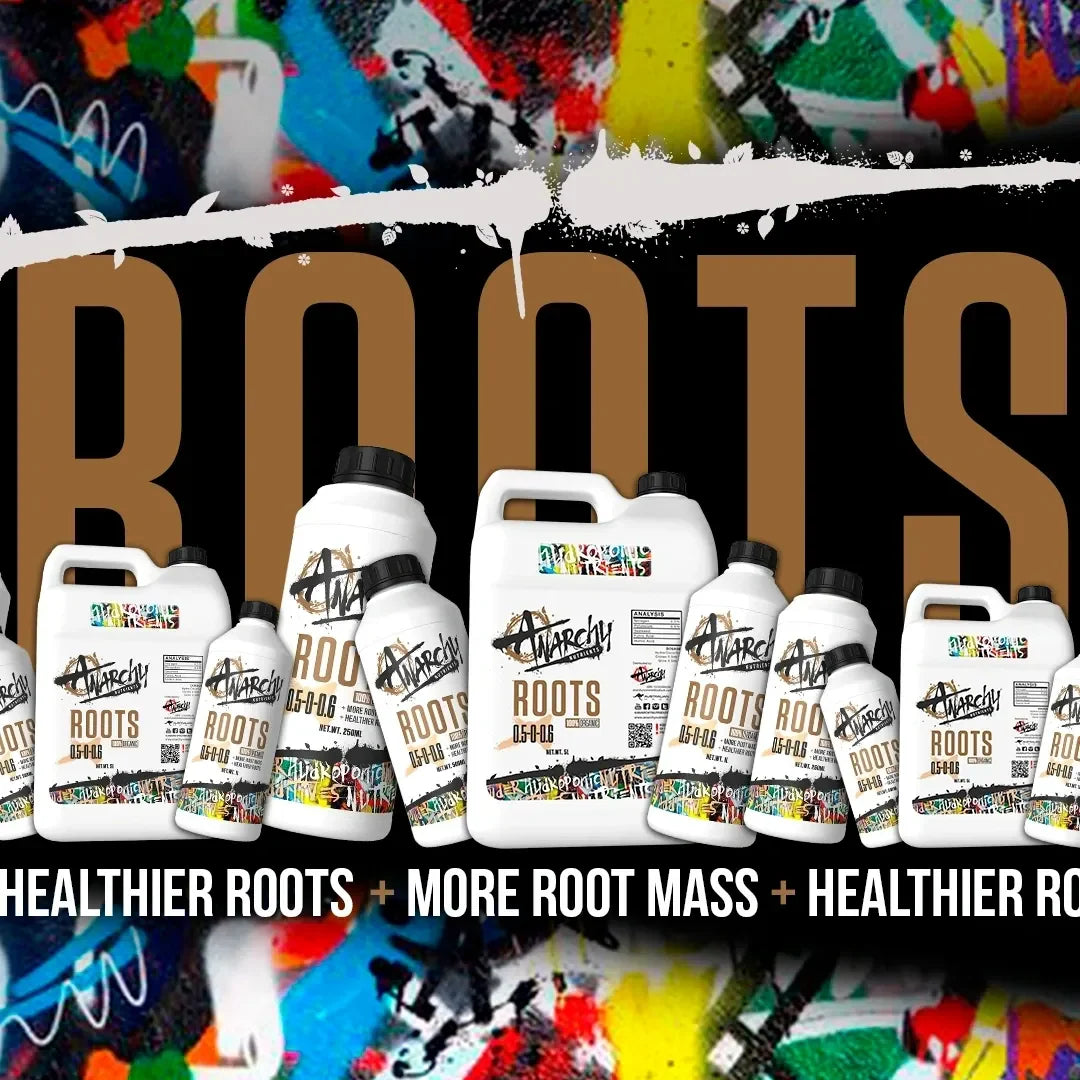Light is arguably the most crucial factor for plant life, especially in a hydroponic environment where plants don't have direct access to natural sunlight. Just like water and nutrients, light is the energy that enables plants to perform photosynthesis, converting it into the energy they need to grow.
At TG Hydroponics, we understand that selecting and optimizing your lighting system can be a challenge for beginners. This article will guide you through choosing the right LED grow lights for your hydroponic plants and offer tips to maximize their efficiency, helping your garden thrive.

Why Are LED Lights the Top Choice for Hydroponics?
In the world of indoor gardening, various types of grow lights exist, such as HID (High-Intensity Discharge) and fluorescent. However, LED (Light Emitting Diode) lights are increasingly popular and preferred due to their superior advantages:
- High Energy Efficiency: LEDs consume significantly less electricity than traditional lights, saving you money on utility bills in the long run.
- Long Lifespan: LED lights can last 50,000 hours or more, reducing the frequency of replacements.
- Low Heat Emission: Compared to HIDs, LEDs emit far less heat, helping maintain stable temperatures in your grow area without complex cooling systems.
- Spectrum Control: This is the biggest advantage. LEDs can be engineered to emit specific wavelengths of light, optimized for different stages of plant growth (e.g., blue light for vegetative growth, red light for flowering/fruiting).

Understanding Light Spectrum and Plant Needs
Plants don't use all wavelengths of light in the solar spectrum. They primarily respond to the following light bands:
- Blue Light (400-500nm): Crucial for leafy growth, stem development, and photosynthesis. Blue light helps plants develop a sturdy and healthy structure.
- Red Light (600-700nm): Extremely important for flowering, fruiting, and overall plant development. Red light promotes blooming and fruit production.
- Green Light (500-600nm): Although plants reflect most green light, a small amount is absorbed and can penetrate deeper into the canopy, supporting photosynthesis in inner leaves.
- White Light (Full Spectrum): Mimics natural sunlight, containing all necessary wavelengths. "Full spectrum" LED lights typically appear white and are ideal for a plant's entire life cycle, being more pleasant for human eyes.
Our Tip: For beginners, Full Spectrum LED lights are the safest and most effective choice, as they provide all the necessary light bands for plants from seedling to harvest without needing to switch lights.
Tips for Choosing the Right LED Grow Lights
When selecting LED grow lights, consider the following factors:
-
Wattage and Coverage Area:
- Light wattage (W) doesn't always reflect true efficiency. More importantly, look at PAR (Photosynthetically Active Radiation)—the actual amount of light plants use for photosynthesis—and PPFD (Photosynthetic Photon Flux Density)—the amount of PAR photons hitting a given area per second.
- Different plant types and growth stages require different PPFD levels. For instance, leafy greens need lower PPFD than fruiting plants.
- Always check the effective coverage area recommended by the manufacturer for each light. Don't buy an underpowered light for a large area or an overpowered one for a small space.
- Advice from TG Hydroponics: For small to medium home grow areas, a Full Spectrum LED light with a true wattage of 100W to 250W (depending on the area and plant type) is usually sufficient.
-
LED Chip Quality:
- High-quality LED chips from reputable manufacturers (like Samsung, Osram, Cree) will provide better performance, longer lifespan, and a more stable spectrum.
- Avoid cheap, unbranded lights; they often fail to deliver advertised performance and break down quickly.
-
Heat Dissipation:
- While they emit less heat than HIDs, LEDs still require efficient heat dissipation to maintain their lifespan. Look for lights with large heatsinks, cooling fans (if needed), or a fanless design for quieter operation.
-
Dimmer Feature:
- A very useful feature that allows you to adjust light intensity. This helps save electricity when plants are young (not needing much light) and allows you to increase intensity as plants enter flowering/fruiting stages.
Optimizing Lighting Efficiency
Having good lights isn't enough; you need to know how to use them effectively:
-
Light Height:
- This is the most critical factor. If the light is too far, plants will stretch (etiolation) and become weak. If the light is too close, plants can suffer from light burn or stress.
- General Rule: Start with the light about 45-60cm (18-24 inches) above the plant canopy for most LED lights and adjust gradually. Refer to the light manufacturer's guidelines.
- Use a PAR/PPFD meter (if available) or, more simply, observe your plants' reactions.
- Signs of "light stress": Leaves may turn pale yellow, show scorching on the edges, or curl. Move the light higher.
- Signs of insufficient light: Plants stretch, stems are weak, leaves are small and pale. Lower the light.
-
Light Cycle:
- Use a timer to establish a consistent ON/OFF light cycle. This is vital for mimicking natural day/night cycles and avoiding stress to your plants.
- Vegetative Stage: 16-18 hours ON / 6-8 hours OFF.
- Flowering/Fruiting Stage: 12 hours ON / 12 hours OFF (for photoperiod-sensitive plants like tomatoes, peppers).
- Leafy greens like lettuce and herbs can tolerate an 18-20 hour ON cycle.
-
Reflective Materials:
- Use reflective materials like Mylar or white paint around your grow area. This maximizes light utilization by reflecting light back to the plants, rather than letting it be absorbed by walls or the surrounding environment.
-
Monitor and Adjust:
- Always observe your plants. They will "tell" you what they need.
- Regularly check the temperature and humidity in your grow area, as LED lights can also influence these factors.

Explore Lighting Solutions at TG Hydroponics
At TG Hydroponics, we pride ourselves on offering a wide range of high-quality lighting equipment, including Full Spectrum LED lights and essential accessories to optimize your hydroponic garden. Our team of experts is always ready to advise you on selecting the best light for your needs and budget.
Don't miss our Winter Sale with up to 50% off! This is a fantastic opportunity to get quality lighting equipment at a great price.
Visit our website at tghydroponics.com.au or contact us directly via phone: 0405546688 or email: tonygarden3020@gmail.com for professional advice and to learn more about our lighting products.




